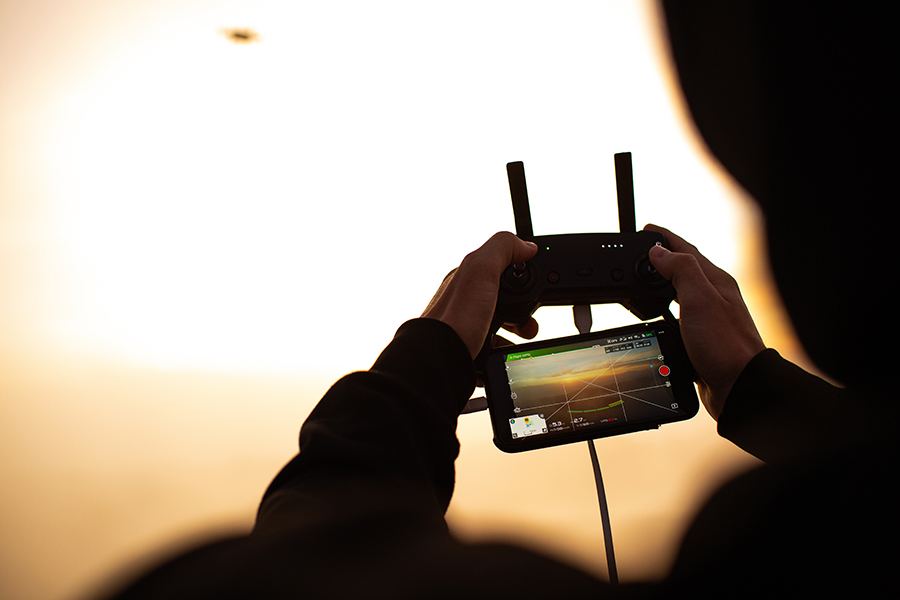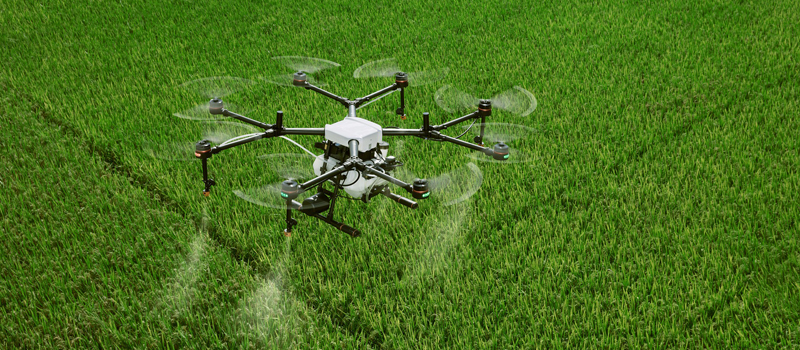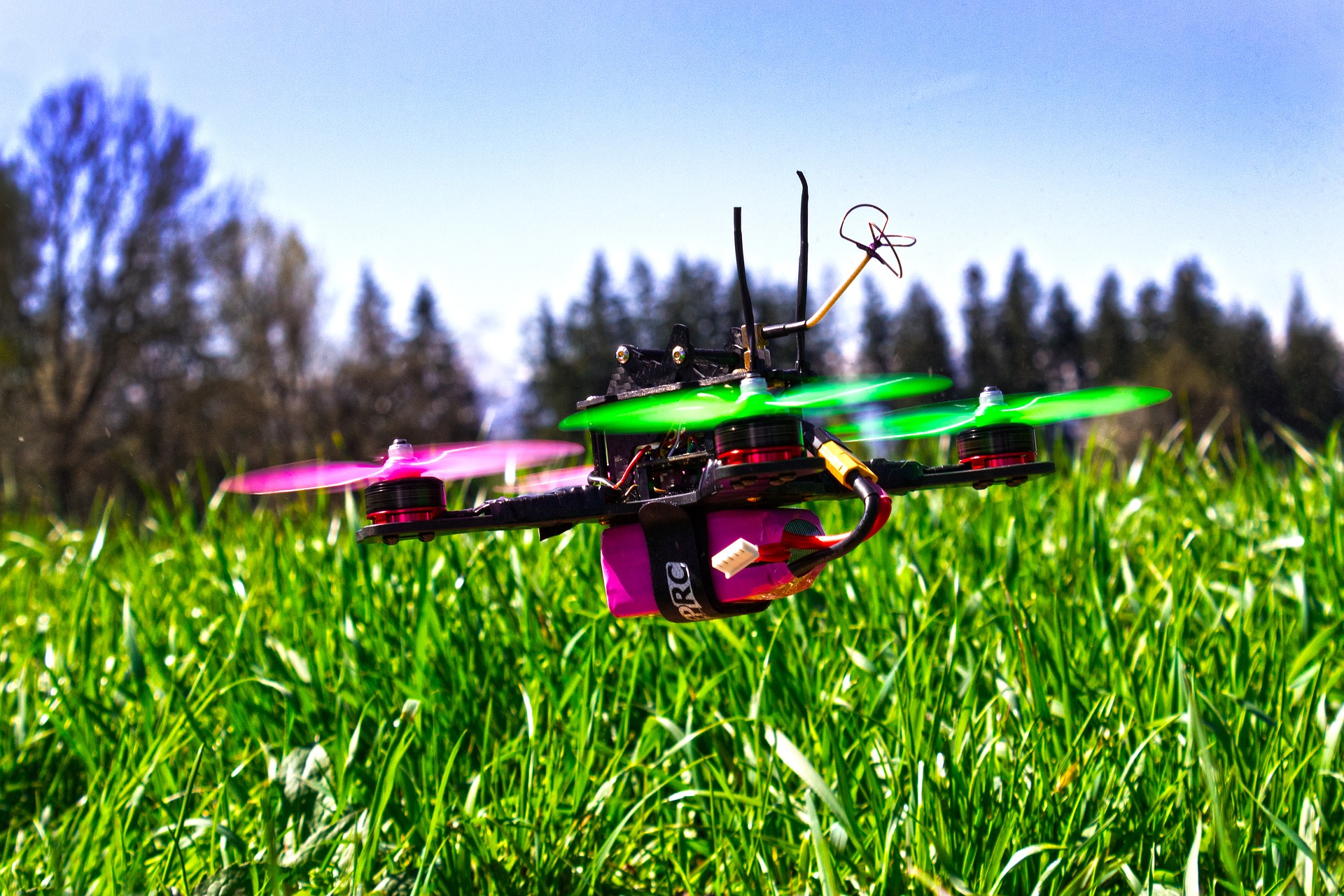The controversy over Remote ID and how it will be implemented continues to be a hot topic in drone communities. More recently, we have another controversial move made by the FAA – the apparent return of the Network-based Remote ID model.
What exactly is a Network Remote ID and how is it different from Broadcast Remote ID? Is one better than the other? Why was the Network Remote ID dropped in the final ruling, and how is the FAA putting it back into the conversation?
Why is this relevant now?
In November 2022, a company called ANRA Technologies was awarded a contract by the FAA to collect, aggregate, and retransmit messages from the Broadcast Remote ID (B-RID) system. This essentially turns the messages into Network Remote ID (N-RID) messages that can be more readily transmitted to a UAS Service Supplier (USS) network.
This is a controversial matter because the Network Remote ID model has already been struck down from the Final Ruling of Remote ID. There were several reasons that this system was heavily criticized when it was first proposed, not the least of which was the costs associated with sending data continuously to the Internet.
There were also privacy concerns over having drone flight data collected centrally and possibly stored for scrutiny.
Thus, the Network Remote ID model was dropped in favor of a Broadcast Remote ID. This is how Remote ID is meant to be implemented according to the Final Ruling, or Part 89 officially titled “Remote Identification for Unmanned Aircraft.”
Network vs. Broadcast Remote ID
Before we go into a deep dive into the concerns over N-RID, let us first look into the fundamental differences between the two models.
A B-RID system work in a fairly simple manner. Using either Wi-Fi or Bluetooth, a drone equipped with B-RID transmits Remote ID information packets continuously within a limited scope proximal to its current location. This essentially means that people on the ground can receive these information packets, should they be within the scope of radio frequency transmission.
N-RID relies on an “always on” data connection to transmit your Remote ID information packets to a Remote ID USS network. This is a third-party service that collects and disseminates Remote ID information through the Internet. This means that anyone with an Internet connection can potentially access your Remote ID data, even if they are several states away.
Aside from the scope of transmission and the technology used, the B-RDI and N-RID models are fairly similar. Each Remote ID information packet will contain entries including the Drone ID, its location and altitude, as well as the location and altitude of the Control Station. Each packet will also have a time mark and a potential emergency alert message if the situation calls for it.
Why was Network Remote ID dropped from the Final Ruling?
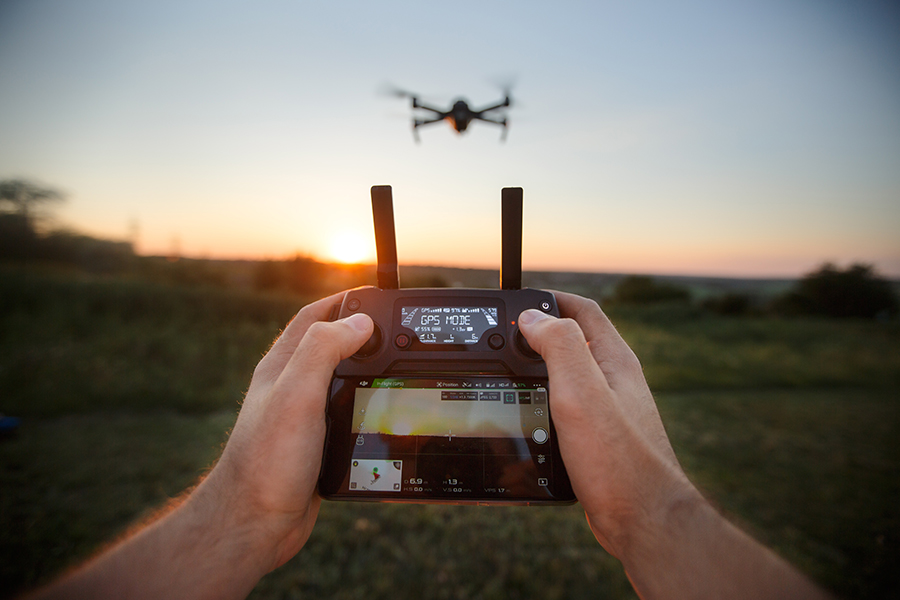
The N-RID model was included in the Notice for Proposed Rulemaking (NPRM) for Remote ID that the FAA published in 2019. It received over 53,000 comments – a testament to how huge the drone community has become and how concerned they were over the potential new rule.
Much of the pushback revolved around the use of an N-RID model. The biggest concern was the operating cost associated with such a model which will be at the expense of the drone operator. An “always on” Internet connection meant having a data plan activated at all times, plus the possible subscription costs for the service of the third-party USS network.
The N-RID model was also deemed impractical as there are still lots of areas in the U.S. with poor cellular service. This means that there will be no way to send information packets to the N-RID network. Unfortunately, the Remote ID rules also dictated that not being able to comply with Remote ID requirements meant that your drone had to be grounded.
There was also the privacy issue of having your drone flight data broadcast for the entire public to see. Many drone pilots were concerned about having just anyone access their data, especially the location data of the control stations.
The FAA seemingly listened to the comment and published the actual policy without a mention of the N-RID model. Instead, drones only need to comply with B-RID requirements using technology that many of the new drones already come with.
How will the aggregated N-RID model work?
To be clear, the contract won by ANRA Technologies is only to demonstrate how a system that collects B-RID messages and turns them into N-RID messages will work. The demonstration will be done at the Unmanned Aircraft Systems Test Site managed by the University of Nevada and uAvionix.
According to a release published by ANRA Technologies, the system will use N-RID receivers that can collect and aggregate information packets from B-RID-equipped drones. The receivers with then retransmit these messages as “B+N RID messages” that will then be discoverable by federated USS networks.
The requirement of having an on-location N-RID receiver somewhat addresses concerns over how extensively implemented this system can be. There are good arguments for having oversight of drone operations near critical infrastructures, such as government buildings or airports. Still, there should be transparency on whether such a system exists so that drone operators are at least aware that their data is being broadcasted beyond the typical transmission range.
Possible benefits of the conversion to Network Remote ID
Why did the FAA think that having a system that re-broadcasts B-RID messages over a wider network would be a good idea? There are probably several compelling reasons, the most obvious being related to national security and public safety.
There is also a good case for having such a system located close to airports. Knowledge of the presence, number, and location of drones close to airports can add an extra layer of situational awareness to either the aircraft pilots or the flight controllers.
On the more commercial side, a selectively implemented N-RID model can pave the way for safer and more reliable unmanned fleet management. This is something that lots of businesses have been waiting for, especially those who are invested in developing drone use for deliveries.
What are the concerns over the proposed model?
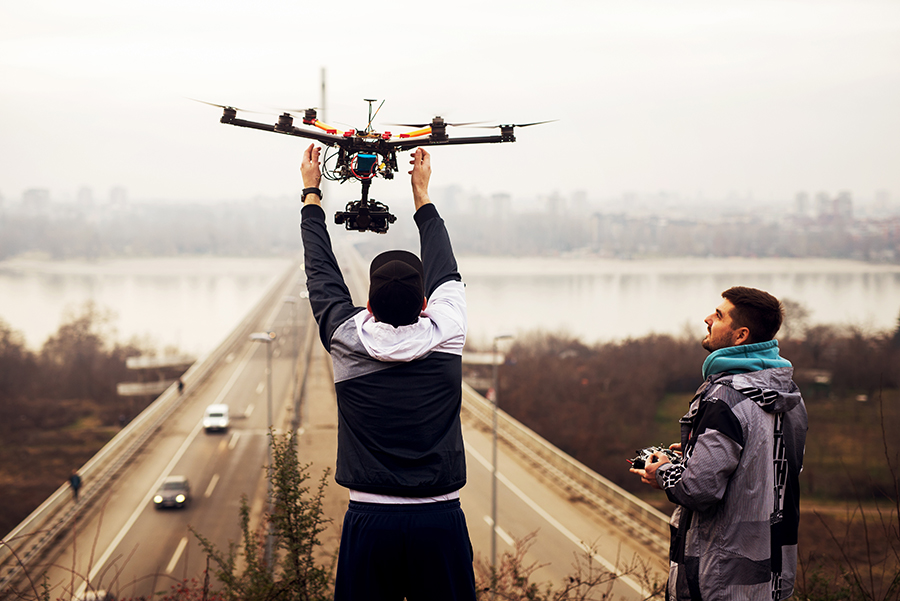
The contract awarded to ANRA Technologies is only for the demonstration of the technology. We do not have any idea of how the system will work and for what purpose it will be implemented. At this point, we cannot do more than contemplate and perhaps anticipate the possible issues that such a model can present.
The most problematic would be the idea of creating pockets of “privatized” airspace. For instance, airspace highways can be set up that can only be accessed by operators who paid for access. This is within the possibilities of a system using a small number of N-RID receivers.
There is also the ever-lingering issue of privacy and data security. If B-RID messages are aggregated by a USS, who will be able to access this data? For how long will the data be stored? Is this something that drone operators can opt-in for, or something that can be enforced even without their approval?
Final thoughts
As we inch forward to the day when Remote ID becomes a requirement for all drone pilots in the U.S., it is in the best interest of drone pilots to keep a watchful eye on how the entire matter develops. More recently, the FAA has started publishing the list of drones and Remote ID modules that have been approved for Remote ID.
The recent news of the FAA exploring ways to aggregate B-RID messages and re-transmit them to a wider network comes as a bit of a surprise, especially with how the initial NPRM panned out. It is definitely still too early to tell whether this development will be harmful or beneficial, but this is a situation worth monitoring.
